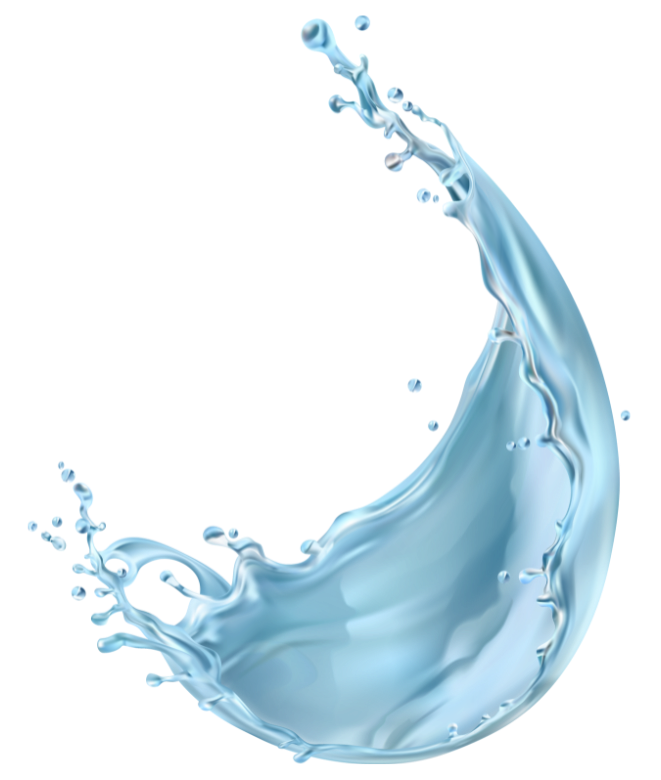ABOUT US
Reading Area Water Authority History
The Reading Area Water Authority was created in 1994 but its roots go back nearly two centuries. The first public supply of water delivered in Reading was introduced in 1821 by the Reading Water Company. The water works then consisted of the Hampden Springs, a 2 1/2 inch earthenware pipe leading to a small covered basin near Eleventh and Court Streets, and wooden pipes in the streets for distributing the water. As the population of the town increases and additional sources of water supply were introduced, all of these earlier pipes were replaced with larger pipes.
In 1865, the City of Reading purchased the entire works of the water company for $300,000. It consisted of the Hampden Springs, Bernhart, Egelman and Mineral Spring gravity supplies; 3 basins at Eleventh and Penn Streets; 12 miles of cast iron pipes; 39 fire hydrants, 110 street valves with wooden boxes; and 147 acres of land with improvements.
RAWA FACT
Raw lake water is delivered to the Maidencreek Filter Plant by gravity via a 2,800 foot long, concrete lined, 81 inch diameter, pressurized tunnel and a 60 inch diameter, 4,880 foot long, concrete conduit respectively.
At present, the water supply for the City of Reading is obtained mainly from Lake Ontelaunee. Lake Ontelaunee was constructed in 1926 and is located about eight (8) miles north of the City. Lake Ontelaunee has a water surface area of 1,082 acres and a capacity of 3.88 billion gallons.
The Maidencreek Filter Plant was constructed in 1935. Additions were made in 1956 and major renovations were made in 1994. The plant capacity is 40 million gallons per day of treated water. The Centrifuge Plant is located adjacent to the Filter Plant. Its function is to separate sludge solids from its liquid form for disposal at the water authority’s landfill.
The treated water from the Maidencreek Filter Plant flows by gravity through four (4) 30-inch siphons. These pipes are laid under Willow Creek to a 20 Million clear water storage basin, then to the Maidencreek Pumping Station.
The Maidencreek Pumping Station capacity is 25 million gallons per day. Its average daily pumping rate is 15.3 million gallons. The water is pumped to the City’s distribution systems by three (3) force mains; a 36 inch, 30 inch and 24 inch diameter water mains.
The Water Authority was established on May 20, 1994, and is a body corporate and politic, organized under the Municipal Authorities act. The Authority has been incorporated pursuant to appropriate action of the governing body of the City of Reading, Berks County, Pennsylvania (the “City”) and exists under and is governed by the Act. The Authority has the power to, among other things, acquire, hold, construct, improve, maintain and operate water filtration plants, trunk lines and water distribution systems.
The governing body of the Authority is a Board consisting of seven (7) members appointed by City of Reading. The terms of the members of the Authority are staggered so that the term of one member expires each year. Members of the Authority may be re-appointed.
The Reading Area Water Authority is proud to serve the City of Reading by operating and maintaining the city’s water system.
Links To Professional Groups
Pennsylvania Municipal Authorities Association
For 70 years, the Pennsylvania Municipal Authorities Association (PMAA) has been the primary voice of community-based services representing the interests of more than 2,600 municipal authorities across the Commonwealth. Services provided by the association include advocacy on governmental affairs issues, education and training, and group programs.
The American Water Works Association
The American Water Works Association (AWWA) is an international nonprofit educational association dedicated to safe water. Founded in 1881 as a forum for water professionals to share information and learn from each other for the common good, AWWA is the authoritative resource for knowledge, information, and advocacy for improving the quality and supply of water in North America and beyond.

Pennsylvania Rural Water Association
The mission of the
Pennsylvania Rural Water Association (PRWA) is to work cooperatively within the industry to support not only its members but all the water and wastewater utilities throughout the Commonwealth with professional technical support, certified training, legislative representation, and other valuable services and benefits
The Eastern Pennsylvania Water Pollution Control Operators Association
The Eastern Pennsylvania Water Pollution Control Operators Association (EPWPCOA) is a non-profit association whose members are actively involved in protecting the water environment through their profession. Members are operators and supervisory staff at water and wastewater treatment facilities in Eastern Pennsylvania. Associate Members are Consultants, Vendors, and Regulatory Staff.


